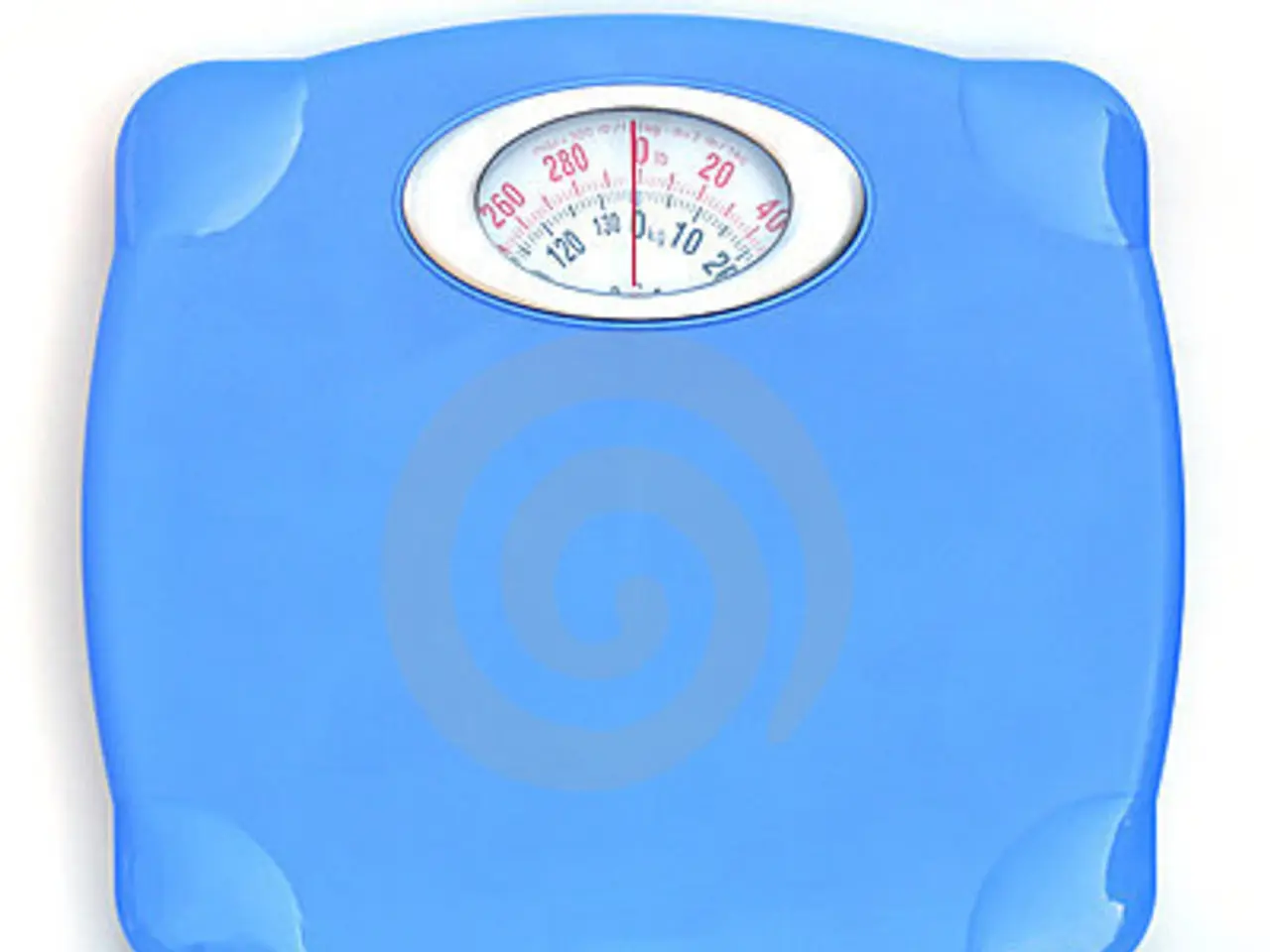Prevent the ophthalmic complication linked to diabetes and hypertension
Losing Sight: A Common Fear and What We Can Do About It
Losing your eyesight is a widespread fear. In a 2016 survey, Americans ranked losing their vision as equally or more terrifying than losing hearing, memory, speech, or a limb. The main fears were a decrease in quality of life and loss of independence.
Primary open-angle glaucoma (POAG) is the primary cause of irreversible blindness around the world and accounts for up to 90 percent of all glaucoma cases - an eye disease in which uncontrolled elevated ocular pressure damages the optic nerve.
Symptoms of POAG usually don't appear until it has already caused vision damage. This is why scientists have been working hard to detect it at an earlier stage, before the optic nerve is affected.
Researchers at UT Southwestern (UTSW) recently analyzed data from the records of 389 POAG patients seen at the UTSW Eye Clinic between June and December 2019. The patients were grouped based on age at diagnosis to inspect the link between onset of POAG and migraines, obstructive sleep apnea, hypertension, and type 2 diabetes.
Although no relationship was found between migraines or obstructive sleep apnea and the age of POAG onset, researchers discovered a striking link between the age at which patients were diagnosed with either high blood pressure or type 2 diabetes and the onset of POAG. Specifically, the earlier patients presented with one of these conditions, the earlier they tended to develop POAG.
These findings could lead to enhanced screening protocols for POAG, allowing for earlier detection of glaucoma and preserving vision.
Dr. Karanjit Kooner, associate professor of ophthalmology at UTSW, emphasizes that both high blood pressure and type 2 diabetes affect the blood vessels of the retina and optic nerve, potentially causing changes that predispose a patient to POAG, a condition with a vascular component.
If these connections hold up in future research, a diagnosis of type 2 diabetes and/or hypertension could join the list of factors that warrant early screening for POAG, which already includes a family history of POAG, elevated IOP, and being Black.
When diagnosed with POAG, your eye care professional will likely suggest a few treatment options, such as medicated eye drops, laser treatment, or a surgical procedure to lower pressure inside the eye and protect the optic nerve from further damage.
Ideally, we'd all like to prevent POAG from happening in the first place. Lifestyle changes that help prevent type 2 diabetes and high blood pressure are beneficial for preventing glaucoma too. For instance, exercise can benefit all three conditions, and it has been shown to lower intraocular pressure in glaucoma patients, assist in balancing blood sugar and blood pressure.
Moreover, the chlorogenic acid in coffee is a powerful antioxidant that protects the retina, potentially preventing blindness from retinal damage, glaucoma, diabetes, and aging. Chlorogenic acid also significantly lowers blood pressure. If you prefer tea over coffee, green and black tea can help lower high blood pressure, and green tea can help prevent cataracts and glaucoma. Studies show that the antioxidants and catechins in green tea help protect against oxidative stress that can lead to glaucoma.
Additionally, important nutrients for glaucoma prevention and overall heart health include lipoic acid and essential fatty acids, specifically DHA omega-3. Great food sources of lipoic acid include red meat, organ meats like liver, brewer's yeast, and vegetables like broccoli and spinach (green leafy vegetables improve blood flow to the retina as well). DHA omega-3 can be found in fish like salmon, mackerel, and herring.
Editor's note: If you're feeling unusually tired, it could be due to an issue with your master hormone. When it's not functioning properly, your risk of age-related diseases skyrockets. To reset this hormone and live better, longer, **click here to explore The Insulin Factor: How to Repair Your Body's Master Controller and Overcome Chronic Disease!
Sources:
Early onset of diabetes, hypertension can predict early glaucoma, UTSW ophthalmologists report - UT Southwestern Medical Center
Predictors of Early Onset Glaucoma - Clinical Ophthalmology
Blindness Biggest Fear for Many Americans - HealthDay
Learn about Glaucoma - Glaucoma Research Foundation
Can Exercise Lower Eye Pressure? - Glaucoma Research Foundation
- The association between the onset of type 2 diabetes and high blood pressure, and the onset of primary open-angle glaucoma (POAG) was highlighted in a recent study at UT Southwestern (UTSW).
- Researchers found that the earlier patients presented with one of these conditions, the earlier they were likely to develop POAG, which could lead to enhanced screening protocols for early detection of glaucoma.
- Besides POAG, both high blood pressure and type 2 diabetes affect the blood vessels of the retina and optic nerve, potentially causing changes that predispose a patient to these conditions.
- A diagnosis of type 2 diabetes and/or hypertension could warrant early screening for POAG, along with other factors such as a family history of POAG, elevated IOP, and being Black.
- Lifestyle changes that help prevent type 2 diabetes and high blood pressure are also beneficial for preventing glaucoma. For instance, exercise has been shown to lower intraocular pressure in glaucoma patients, and it can benefit all three conditions.
- Important nutrients for glaucoma prevention and overall heart health include lipoic acid, essential fatty acids (specifically DHA omega-3), and antioxidants found in green tea, coffee, and certain foods like broccoli and spinach.







